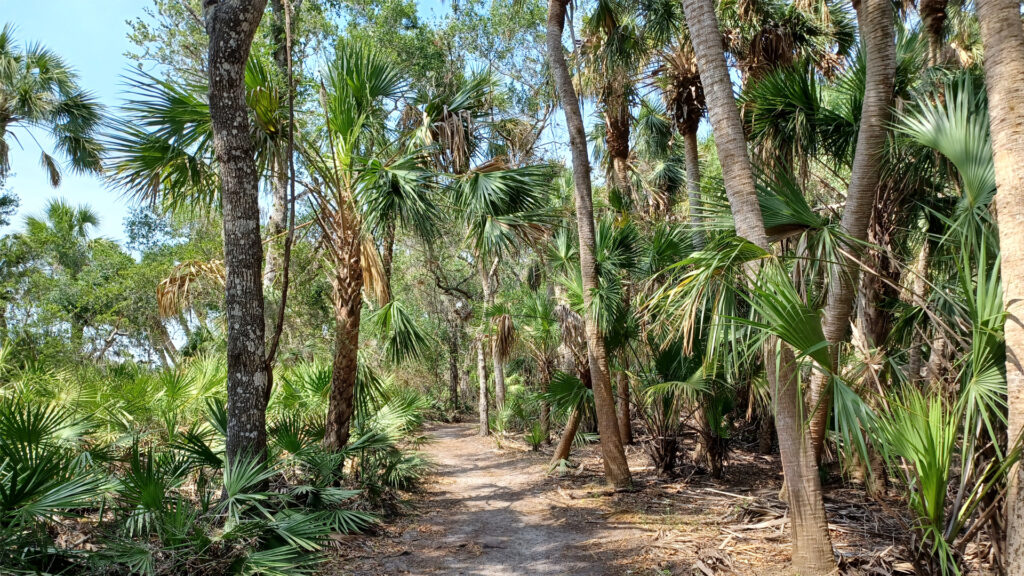A roundup of news items related to climate change and other environmental issues in Florida:
Proposed conservation area could help protect the Florida Wildlife Corridor | WUSF

The federal government is proposing a wildlife conservation area to include parts of twelve counties, ranging from Polk and Manatee south to Hendry and Collier. It includes the watersheds of the Peace River, Myakka River, Fisheating Creek and Caloosahatchee River.
It would use federal dollars to leverage existing projects, including a wildlife corridor that allows Florida panthers to migrate north from the Everglades.
This Everglades to Gulf Conservation Area would augment money from the state to preserve land.
Archaeologists dive into Florida’s past and find lessons on adapting to future sea rise | Miami Herald
Unlike almost any other archaeologist on earth, Jessi Halligan does her digging underwater.
Halligan, an associate professor of anthropology at Florida State University, studies the first people who came to Florida about 15,000 years ago, when sea levels were 300 feet lower than they are today. These days, many of Florida’s oldest settlements, hunting grounds and ceremonial mounds are at the bottom of rivers or the Gulf of Mexico.
Florida is one of the global epicenters for a little-known field called “submerged landscape archaeology.” There are only about a dozen full-time scientists working in the field in the U.S. They tend to focus on Florida because the state has lost half its landmass to sea level rise since humans started living here. Scientists have found evidence of ancient shell mounds as far as 20 miles into the Gulf, one of thousands of preserved archaeological sites hidden under the state’s gentle rivers and along the wide, shallow continental shelf that stretches 200 miles off the state’s west coast.
Fears of Indian River Lagoon fish kills reemerge as algae grows again, satellite data shows | Florida Today
Algae has amped up in intensity again in the Indian River Lagoon lately, a satellite-based monitoring program by Brevard County shows.
The rejuvenated blooms threaten more fish kills, like those that already hit southern Brevard this summer.
“Thankfully blooms continue to be patchy and fish kills have been isolated,” Duane De Freese, executive director of the Indian River Lagoon National Estuary Program, said Friday via email. “I expect summer heat and rainfall stressors will continue to fuel blooms until we see a full break once we transition to a drier and cooler fall season.”
If you have any news items of note that you think we should include in our next roundup, please email The Invading Sea Editor Nathan Crabbe at ncrabbe@fau.edu. Sign up for The Invading Sea newsletter by visiting here.
Learn more about harmful algal blooms from this video:



